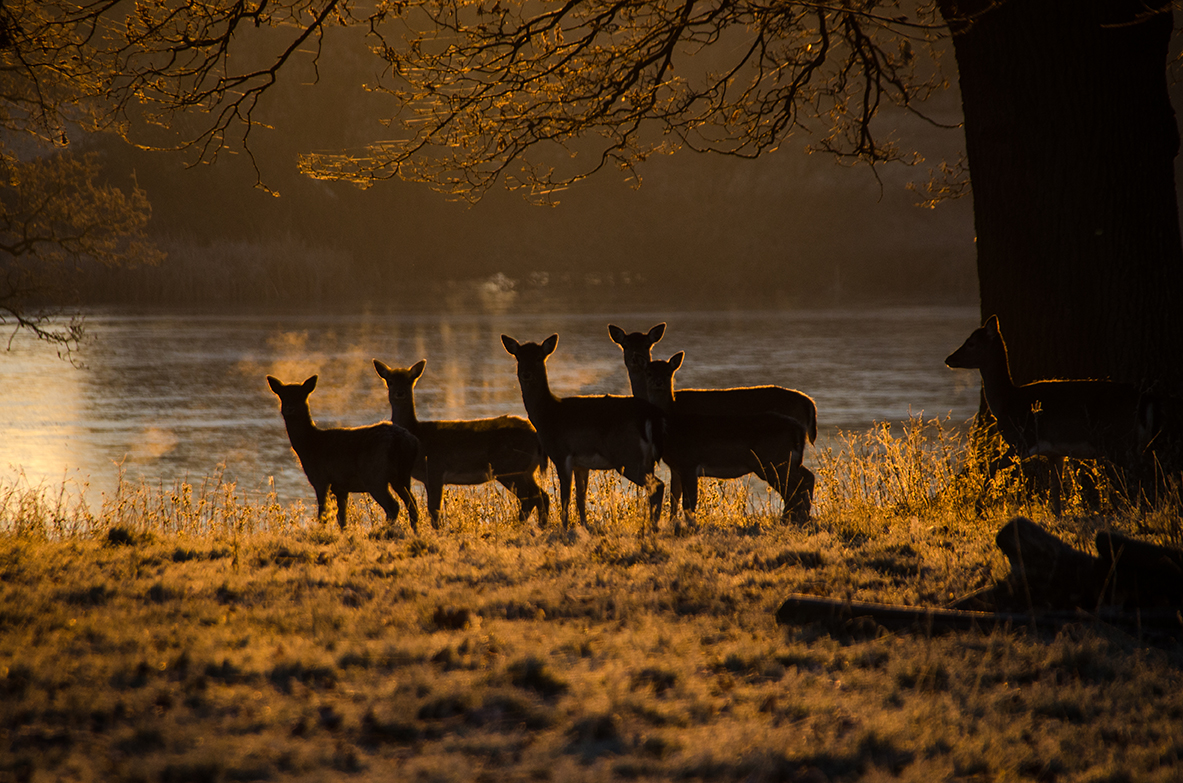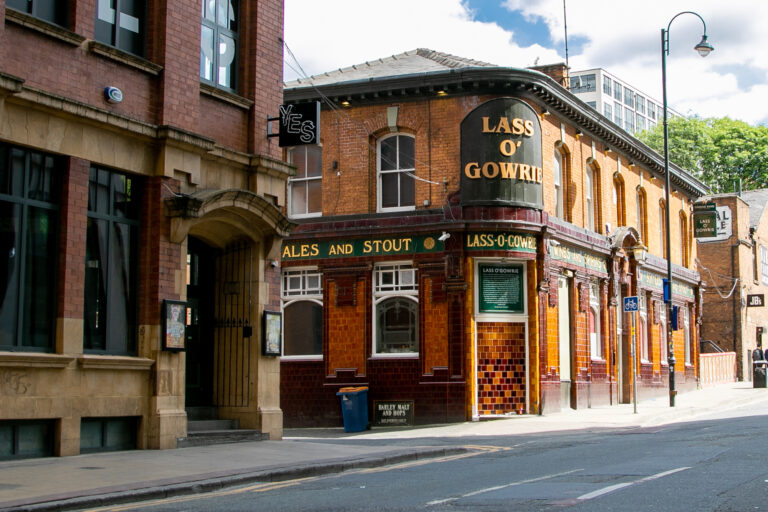Wild at Manchester Museum

Wild at Manchester Museum will look at how people are creating, rebuilding and repairing connections with nature, and how we can tackle the climate and biodiversity crisis by making the world more wild.
Visitors will be introduced to five wild places across the globe and hear a diverse range of voices, from Aboriginal elders to researchers and community activists, to discover how they are all looking to ‘wild’ for a more positive future. In one case, the restoration of traditional practices is helping to heal both the land and the people. In others, biodiversity has exploded where farmland has been rewilded and the reintroduction of animal species is helping to restore ecological balance.
Featuring an immersive installation, audio, film and interactive elements, alongside natural history collections and artworks, the exhibition prompts visitors to notice the biodiversity and heritage of wild places and invites us to question our relationships with the natural world.
The featured wild places are Manchester; Knepp Rewilding Project, West Sussex; Lamlash Bay, Arran, North Ayrshire; Noongar Nowanup Boodja, Western Australia; and Yellowstone National Park, USA.
These places have historically been shaped by people to support farming, hunting, fishing, housing and industry – frequently to the detriment of the health of land, people and nature, leading to a significant reduction in biodiversity and kinship connections between plants, animals, people and place.
At the Knepp Rewilding Project in West Sussex, a failing farm has been rewilded and transformed into a place of natural abundance. In 2002 free-roaming grazers were introduced to transform the land and recreate dynamic and biodiverse ecosystems. Knepp is one of the UK’s leading rewilding sites and an experiment in land stewardship that prioritises biodiversity.
Community-led action in Arran, to protect and restore Lamlash Bay’s marine ecosystem highlights the impact of overfishing and dredging. In 2008, following a community-led campaign, Scotland’s first protected No-Take Zone for marine regeneration and conservation was established, enabling a wide variety of marine life to thrive again.
“Wild is one of Europe’s first large-scale exhibitions to look at how people are working to make the world around them more ‘wild’. As the world’s first Carbon Literate museum, with a mission to build a more sustainable planet, we set out to share new stories and perspectives, from the local to the global, that could inspire us all to collaborate in creating a fairer future. It is this spirit that sits at the heart of Wild”
Manchester Museum Director Esme Ward
More than 100 years ago native bushland was cleared by colonial settlers in Western Australia to establish farmland. An Aboriginal-led cultural revegetation project, Nowanup Noongar Boodja, is healing Country to heal people. The Country is being revitalised through planting and the return of traditional practices, showing the importance of making decisions for current and future generations that strengthen cultural connections with the past.
Yellowstone National Park, the USA’s first national park established in 1872, played a pivotal role in the birth of ‘fortress conservation’ and the ‘wilderness movement’ and saw the forced removal of Indigenous people. The exhibition explores how the impact of colonial violence wiped out the area’s native wolves and later a government-level decision to reintroduce wolves impacted local communities and their relationships with wildlife. Today, the reintroduction of wolves is contributing to the restoration of ecological balance to the area.
The balance between landscaped and abandoned spaces in post-industrial urban landscapes is examined in the context of Manchester’s ambition to become a ‘greener’ city that embraces nature. The exhibition raises questions about the biodiversity of man-made green spaces and the challenges of coexisting with nature in urban environments.
Wild also explores how the natural world has traditionally been presented and idealised through Western art, from pastoral scenes to epic landscapes, and representations in popular culture, from Kenneth Grahame’s The Wind in the Willows to CBeebies’ Octonauts.



